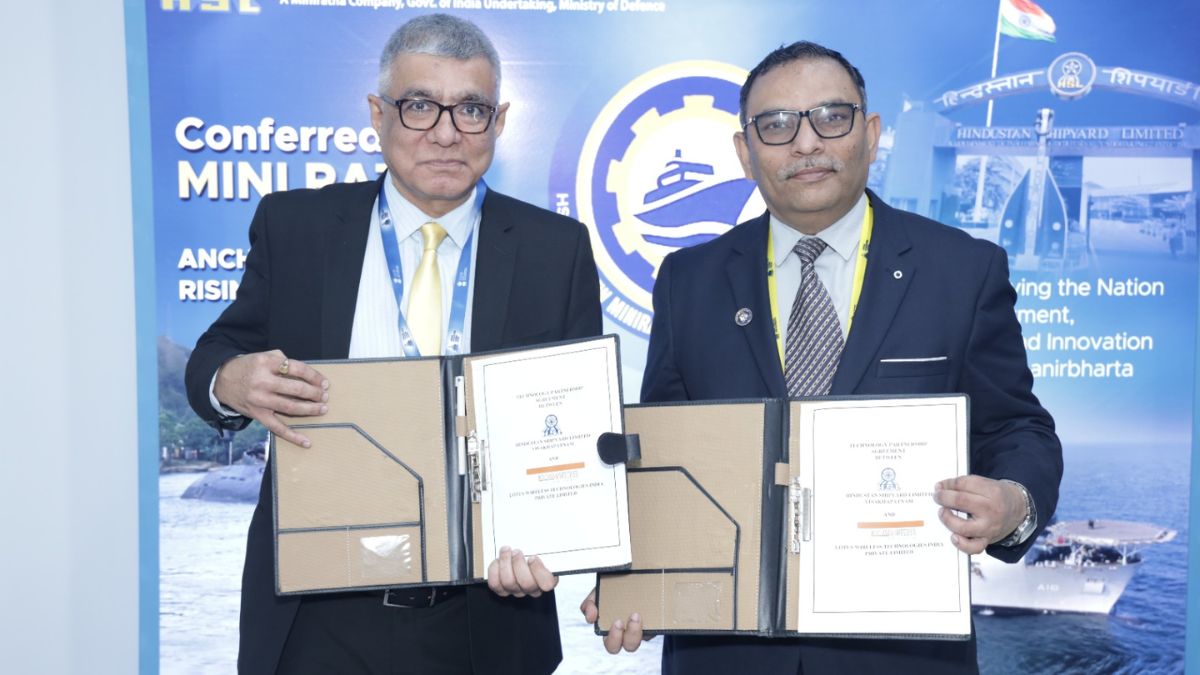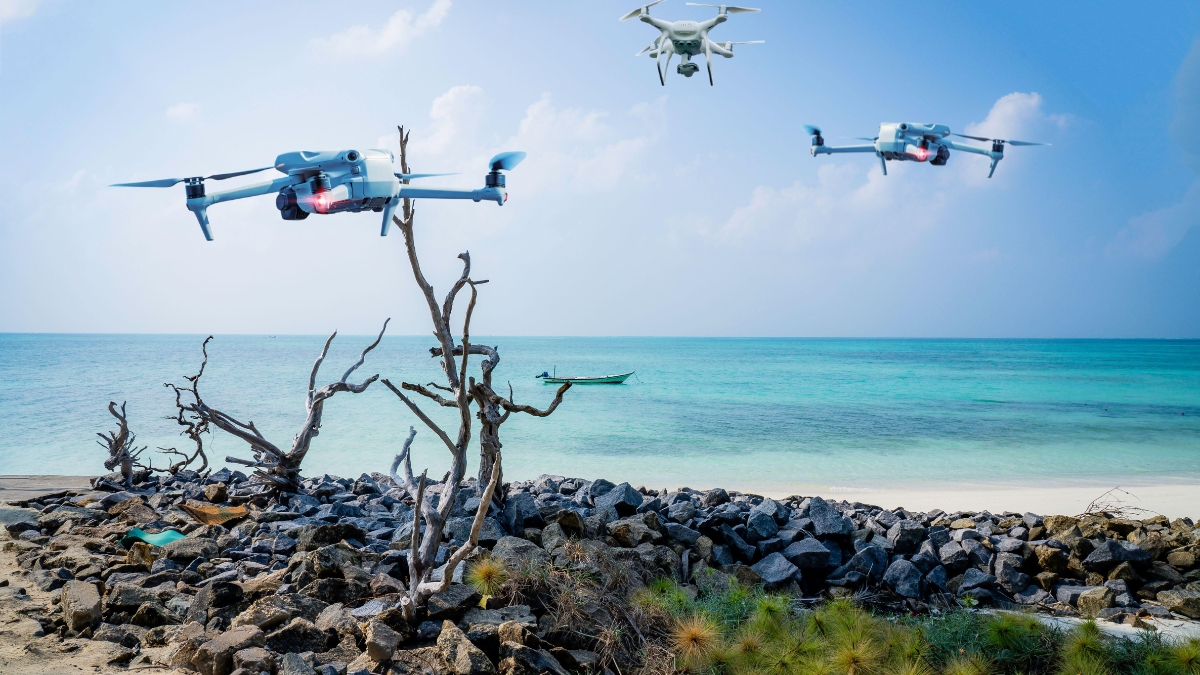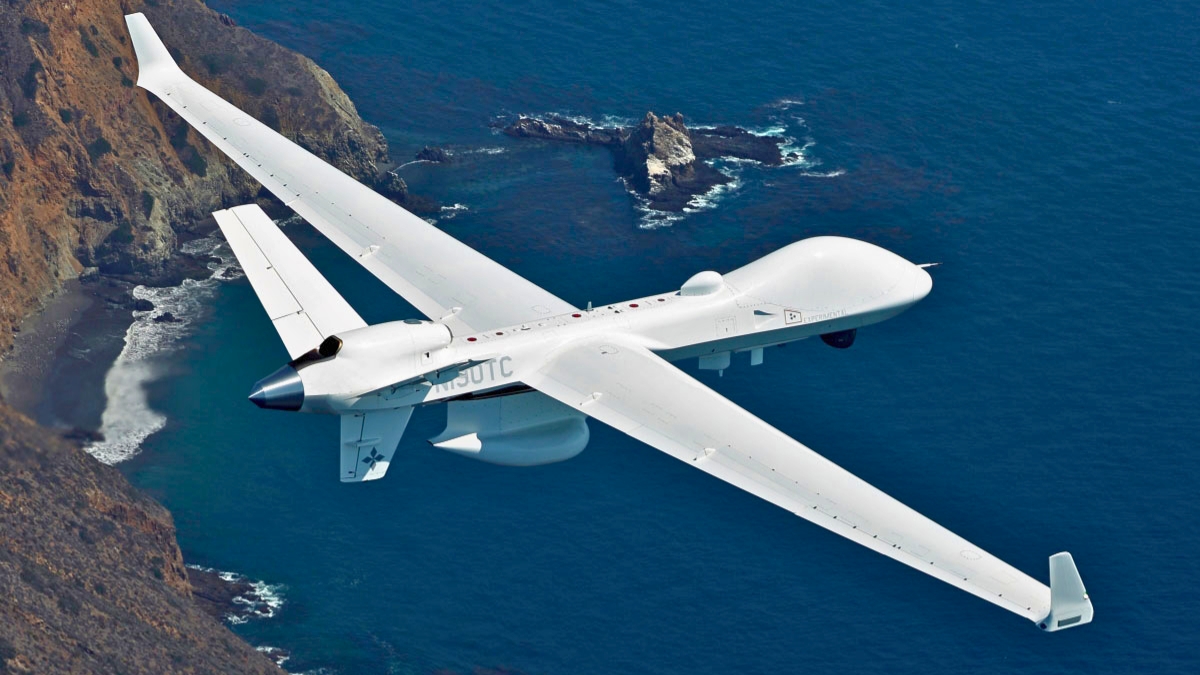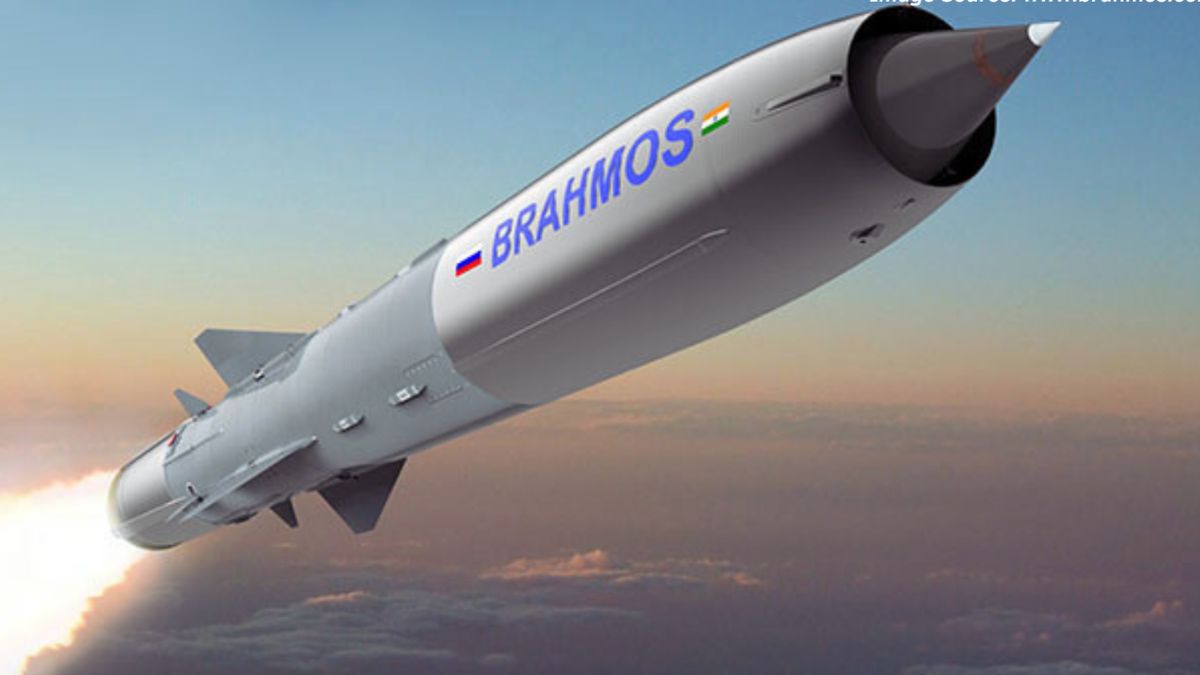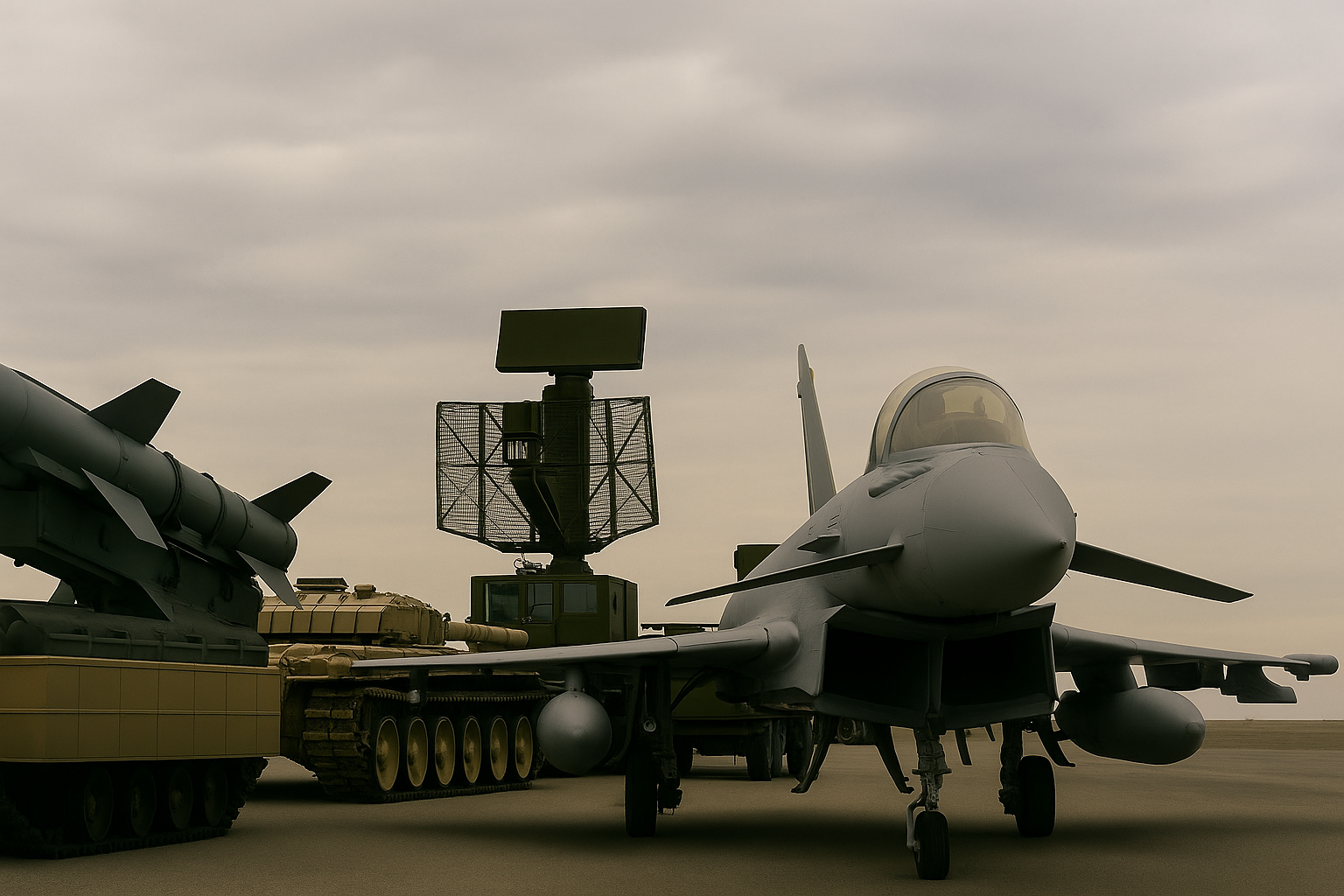Amid Tariff Tensions, India-US To Strengthen Defence Ties With 10-Year Framework
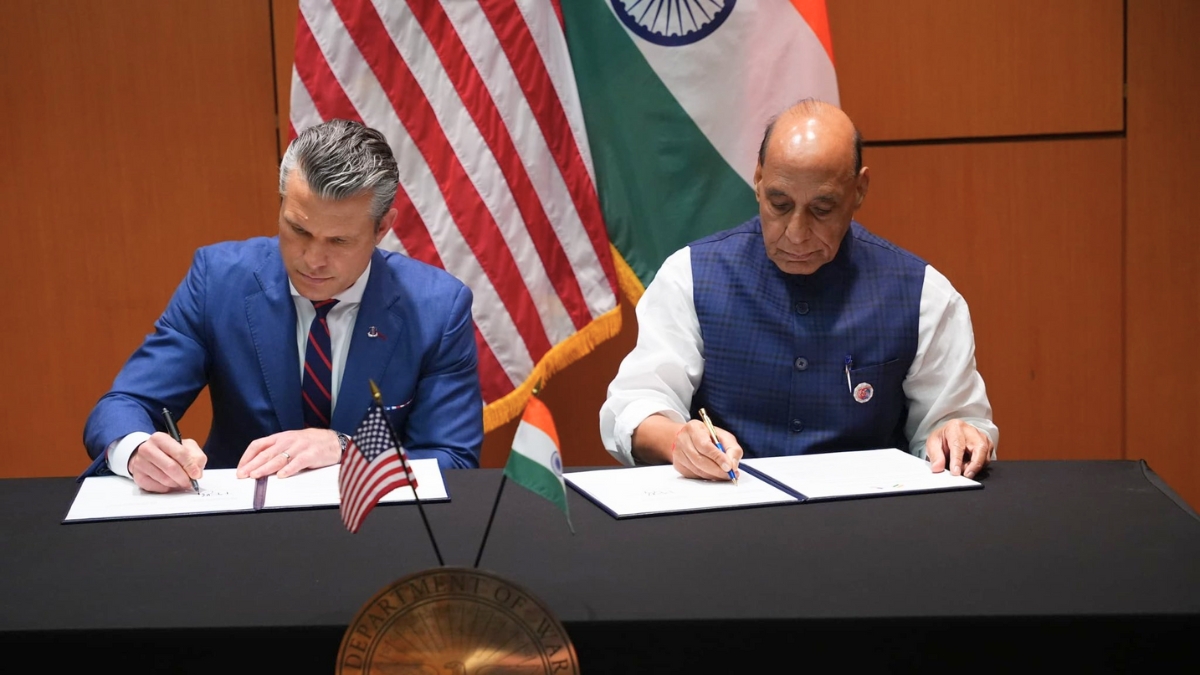
This framework will provide policy direction to the entire spectrum of the India-US Defence Relationship. Image courtesy: X.com/@rajnathsingh
Even as a consensus could not be reached to resolve the tariff turbulence, India and the United States have taken a fruitful step towards strengthening their defence ties. This comes a few days after President Donald Trump once again heaped praises on Prime Minister Narendra Modi, calling him the “nicest looking guy”.
Now, India and the US have inked a landmark 10-year “Framework for the US-India Major Defence Partnership”. Signed in Kuala Lumpur on Friday (October 31, 2025), this partnership sets the stage for a new phase of strategic cooperation. The framework was signed between Defence Minister Rajnath Singh and US counterpart Pete Hegseth on the sidelines of the ASEAN Defence Ministers’ Meet.
This latest India-US defence partnership framework replaces the 2015 framework and significantly expands the scope of bilateral defence ties.
India-US defence deal: Is it transformative?
Officials described it as a “transformative roadmap” that will deepen cooperation across land, air, sea, space, and cyberspace, and push forward joint development in defence technology, industrial collaboration, and military interoperability. Defence Minister Singh stated, “Defence will remain as a major pillar of our bilateral relations. Our partnership is critical for ensuring a free, open and rules-based Indo-Pacific region.”
The framework is seen as a direct response to emerging security challenges and regional instability, particularly in the Indo-Pacific, where China’s assertive moves have raised global concern. The document outlines a unified vision to maintain deterrence, enhance stability, and uphold the principles of a “free, open, and rules-based Indo-Pacific”.
How will it impact defence cooperation and technology sharing?
Singh called the agreement a “signal of growing strategic convergence”, while Hegseth described it as a “cornerstone for regional stability and deterrence”, reaffirming Washington’s intention to keep India central to its regional security calculus. The deal provides a strong policy foundation for enhanced information-sharing, joint exercises, and co-development of advanced systems.
India is already among Washington’s top defence partners, with more than $25 billion worth of US-origin equipment procured since 2007. Current big-ticket projects include the following:
31 MQ-9B Predator armed drones worth $3.8 billion, slated for delivery by 2029–30.
113 additional GE-F404 jet engines for the Tejas Mark-1A fighters, following the earlier batch of 99 engines ordered in 2021.
The framework also opens the door to deeper defence-industrial integration, potentially paving the way for joint production and R&D collaborations between Indian and American companies.
Does the defence deal signal a reset in India-US relations?
Worth noting here is that the agreement comes at a crucial time when trade tensions and tariff disputes had cast a shadow on bilateral ties. President Trump’s earlier imposition of 50% tariffs on Indian goods and his claims of brokering the India-Pakistan ceasefire had caused diplomatic discomfort.
The signing of this framework, alongside indications that a trade deal is under discussion, is being viewed as a “reset moment” in the relationship. It reinforces that despite commercial disagreements, defence and strategic convergence remain the bedrock of the India-US partnership.
Hegseth, who also met Chinese Defence Minister Admiral Dong Jun, made clear that the US will continue to defend its interests in the region and strengthen capabilities to deter coercion. Singh echoed this sentiment, underlining that the Indo-Pacific must remain “free from intimidation and coercion”.
Meanwhile, the 2025 framework cements India’s role as a key strategic partner in Washington’s Indo-Pacific vision while giving New Delhi access to cutting-edge defence technology and joint innovation opportunities.

